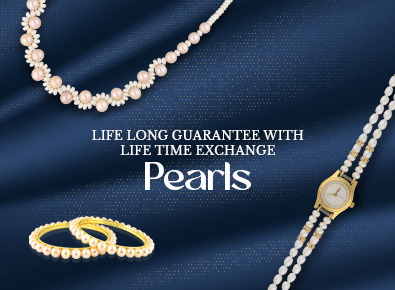The price of a diamond or its quality is both determined by a set of four conditions known as the four C’s: cut, clarity, colour and carat. When you are out selecting a diamond, choose one that balances all these four qualities without putting an excessive strain on your budget. Perfect quality diamonds are rare and extremely expensive, but you can select a slightly less perfect diamond which still appears brilliant to the naked eye.
CUT
One determines the shape and brilliance of a diamond with the way it has been cut. A well-cut diamond will always reflect light from one facet to another. If the cut is deep or shallow, light escapes from the diamond prematurely which then lowers the quality of the diamond.
While the cut is associated more with the quality and level of brilliance and considered to be the most important factor in choosing a diamond, the shape is another aspect of the cut.
If you are still a little unsure about the diamond you are about to purchase, ask the jeweler to see the Gemological Institute of America’s (GIA’s) diamond grading report for any diamond you consider purchasing. This report will give you a rough grade on cut.
CLARITY
The purity of a diamond is usually referred by its clarity. While the higher quality stones have no visible marks and are considered flawless, most diamonds have surface blemishes known as inclusions. Such imperfections are not easily spotted by the naked eye and can only be seen by using a 10-power magnification glass.
One of the highest quality of diamonds have a clarity grade of VVS1 or VVS2 and have very, very small inclusions that are invisible to the eye even with a 10-power magnifier.
If you are on a tight budget, consider buying a diamond with an SI1 or SI2 rating. It has small inclusions but these are visible to the naked eye, but easy to spot with the magnifier.
COLOUR
Some of the highest qualities of diamonds are colourless. Such diamonds are a rare find and as compared to tinted diamonds, reflect light better. Since most tints are extremely difficult to see, it may not make a difference in the quality of the diamond but it will make a huge difference in the price.
If you want to buy a colourless diamond and price is no issue, then you could go for the ‘D’ grade diamond which is colourless (blue white). If you are unable to afford a D grade diamond, you have a choice between an E (ice white) or F (fine white) diamond.
G (white), H (top commercial white), or I (commercial white) are near colourless. These diamonds appear colourless in a face up position but display a faint yellow tint when viewed against a perfectly white background.
Another important tip to keep in mind is to inquire from the jeweler a diamond’s fluorescence which happens to appear when a diamond is exposed to ultraviolet light. This, however, does not have any effect on the diamond in regular light conditions. Opt for a diamond with medium fluorescence or strong fluorescence if you are on a tight budget.
CARAT
Carat weight does not in any way affect the quality of a stone. The heavier the diamond does not mean higher quality.
ADDITIONAL TIPS
- Before you start shopping for a diamond, decide on a budget.
- Do enough research about the kind of diamond you want to buy.
- Make sure to go around and look at more stores. This way you will have a better choice.
- Do not buy diamonds on the internet. This way you can examine the quality closely.
- Choose a lab-created diamond over a naturally mined diamond, since lab-created diamonds are less expensive.









